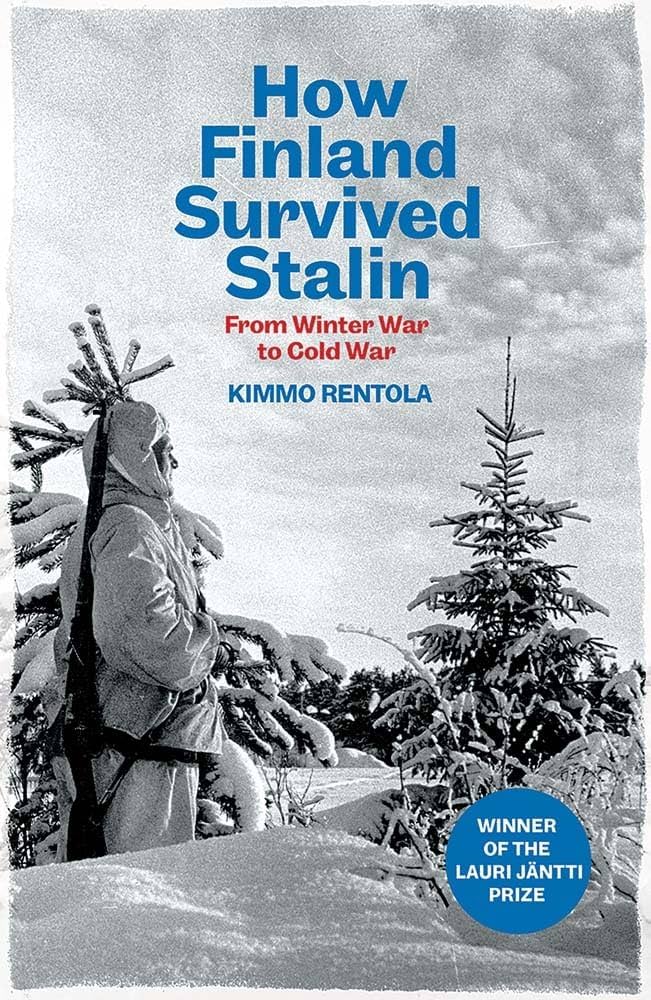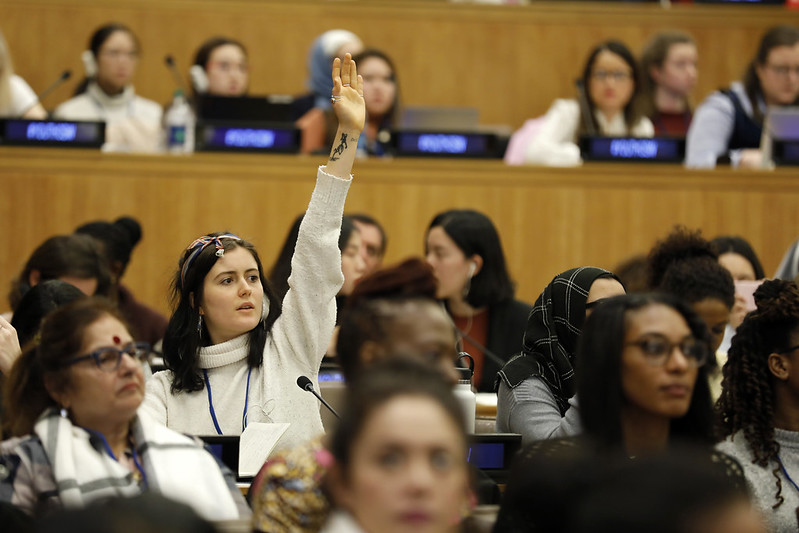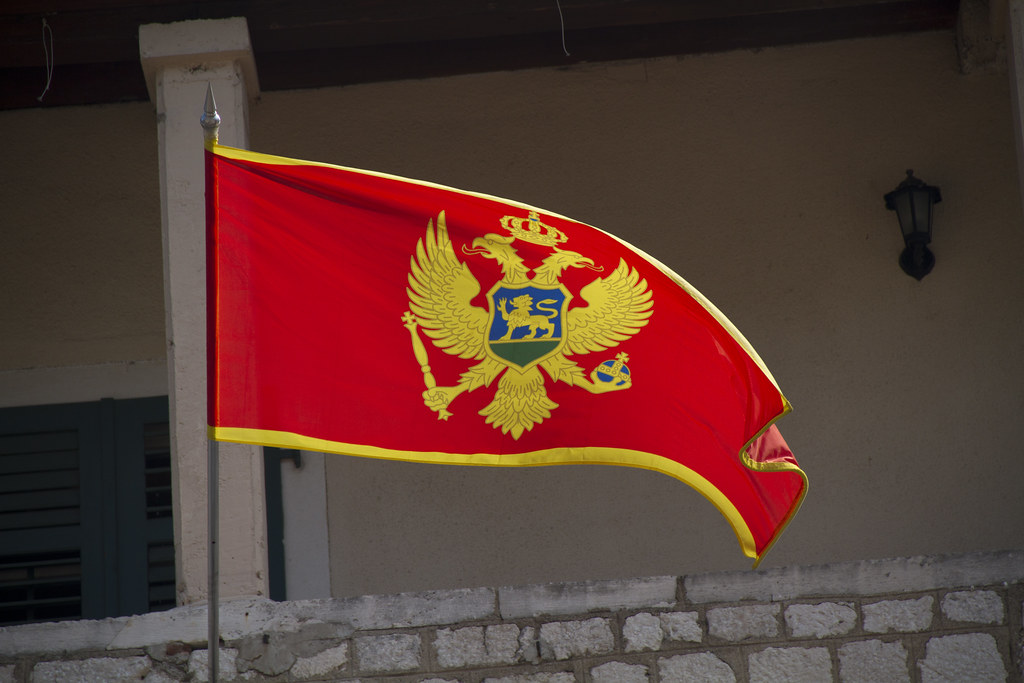By focusing on Stalin’s decision-making processes and the geopolitical manoeuvrings that defined Soviet-Finnish relations, Kimmo Rentola provides valuable insight into a question that is very relevant for our times: under what circumstances do small states survive at the borders of imperial formations?
Kimmo Rentola’s book, How Finland Survived Stalin, is a carefully researched and compelling account of Finland’s efforts to preserve its independence during the Second World War and its immediate aftermath. The book explores how Finland−a small country bordering the Soviet Union−managed to retain its independence and democratic system in an era when other countries in Europe’s East became part of the Soviet inner and outer empire. By focusing on Stalin’s decision-making processes and the geopolitical manoeuvrings that defined Soviet-Finnish relations, Rentola provides valuable insight into a question that is very relevant for our times: under what circumstances do small states survive at the borders of imperial formations? The book is based on very rich primary source material from Soviet, Finnish, Swedish, and British archives.
The book is structured around four pivotal moments in Finnish-Soviet relations: in the first chapter, The Winter War (1939–1940), Rentola traces the events from the signing of the Soviet-Nazi pact on 23 August 1939−which divided Eastern Europe into zones of influence−to the end of the first Finnish-Soviet war in the spring of 1940. Rentola highlights Stalin’s miscalculations, which bear striking similarities to more recent Russian strategic errors in Ukraine; underestimating Finland’s military capabilities and overestimating the likelihood that a Soviet-installed puppet government would gain popular support.
Despite losing the war and its eastern territories, Finland was not occupied by the USSR and maintained its independence. Interestingly, Rentola argues that Stalin’s reluctance to pursue the war until the full occupation of Finland was influenced by his fear of Western interference and that he saw Swedish material support to Finland as an important factor.
The book’s focus on Soviet-Finnish relations makes it skip a more detailed account of Finland’s alignment with Nazi Germany in the summer of 1941 and its subsequent attack on the Soviet Union. This second chapter mostly revolves around the end of the second Finnish-Soviet war, known in Finnish historiography as the Continuation War. It follows Finland’s ultimately successful attempts to sign a separate peace treaty with the USSR and explains the various back channels through which the negotiations were conducted.
The chapter tackles the crucial question: why was Finland once again able to technically lose a war to the Soviet Union without being fully occupied? Rentola argues that, besides external and structural factors such as Finnish geography and international events at the time of Soviet-Finnish negotiations, Finland’s national and democratic traditions played a role. He also emphasises the impact of the Winter War on Stalin’s thinking—Finland, despite its size, had proven to be a difficult target, and a full occupation would have been costly at a time when Soviet resources were needed elsewhere.
Skipping ahead to 1948, the third chapter explores a moment when Josef Stalin came closest to applying to Finland the same Sovietisation methods that he used in Eastern Europe. As Rentola notes, in the tense post-war atmosphere, Finland was not seen as a Nordic country where Swedish-type neutrality would be acceptable, and by 1948, Stalin regretted not proceeding with the full occupation of Finland in 1944.
While the USSR’s primary objective was to bring Finland into alignment through a Friendship Treaty, there was a backup plan: an internal coup, modelled on Soviet takeovers in Hungary and Czechoslovakia. Ultimately, the USSR settled for a treaty rather than a coup, and Finland successfully negotiated more favourable terms than the Soviets had initially intended.
Rentola argues that Finland’s ability to avoid the fate of the Eastern Bloc stemmed largely from Stalin’s unexpected shift in strategy—demonstrating his capacity to pragmatically restrain his ambitions, much as he had during the Greek Civil War, and following the Italian communists’ electoral defeat. At the same time, the book offers a fascinating account of how Finnish security forces, forewarned by a high-ranking member of the Finnish Communist Party, took proactive measures to counter a potential coup. Given the circumstances, Rentola suggests it is highly probable that, had Finland refused to sign the peace treaty with the USSR, Soviet-backed efforts to overthrow the government would have proceeded.
However, as the book makes it very clear, Stalin saw this as just a temporary solution, leading to the events described in the last part of the book, named Pendulum Motions (1950–1951). Finland had become a special case that did not fit into the generic Soviet foreign policy framework. As the author puts it, it was “a regrettable marginal note that tarnished” the theory of the inevitable advance of Soviet-style socialism. In order to survive in this environment, Finland had to adapt its foreign policy not only to Soviet explicit demands, but also to their presumed wishes.
The book ends by quoting the words of a Swedish diplomat who called Finland “a country of unfulfilled catastrophes.” This, of course, is true. A glance across the Bay of Finland towards the neighbouring Baltic states shows what Finland managed to avoid through both its readiness to fight and skilful diplomacy. Hoping that surrender would avoid large-scale human losses, Estonia, Latvia, and Lithuania did not put up any resistance to Stalin’s demands and saw their societies and states destroyed.
At the same time, it seems that this otherwise excellent book could have placed greater emphasis on the price that Finland paid for its survival. While the author mentions the losses of military and civilian lives and territories, he pays limited attention to the trials of the Continuation War-era political leadership imposed by the USSR and the control of the Soviet-led Allied Commission over Finland between 1944 and 1947. The book could also have benefited from a stronger emphasis on what Finland’s foreign policy adjustments meant—it was an actual limitation of Finnish sovereignty.
It is very tempting to read this book as a recipe for our times, namely for the possible management of Ukraine’s relations with Russia. Yet, without naming Ukraine explicitly, the author correctly rejects the possibility that the experiences of Finnish-Soviet relations between 1939 and 1953 can be applied to other eras and circumstances. As Rentola notes, Finnish survival was very much due to the spatial and temporal conditions in which it had to be achieved—conditions that cannot be reproduced. At the same time, the Finnish state and society played a crucial role in their own defence. As Rentola demonstrates, the Winter War was a learning experience for Stalin and shaped his views on what could—and at what cost—be imposed on Finland.
When it comes to the sources of Finnish resilience, the author emphasises the role of Finnish democracy (one of only two in Eastern Europe to survive the 1930s). I would also add the capacity for consensus-building, which played a crucial role when society and politicians had to agree to the Friendship Treaty.
All in all, the greatest strength of this book lies in its unwavering embrace of historical complexity and the author’s willingness to admit that not all historical events can be broken down to perfectly causal explanation. Kimmo Rentola writes, “to an extent, the preservation of states is undoubtedly something unattainable by reason,” and points out that besides the above mentioned factors, Finland’s survival was also helped by a share of fools luck.
This is a review of Kimmi Rentola’s How Finalnd Survived Stalin: From Winter War to Cold War, 1939-1950 (Yale University Press, 2024). ISBN: 9780300273618
Dr Una Bergmane is a Non-Resident Fellow in the Foreign Policy Research Institute’s Eurasia Program and an Academy Research Fellow with the Aleksanteri Institute at the University of Helsinki. She holds a PhD from Sciences Po Paris.
This review article is published under a Creative Commons License and may be republished with attribution.





